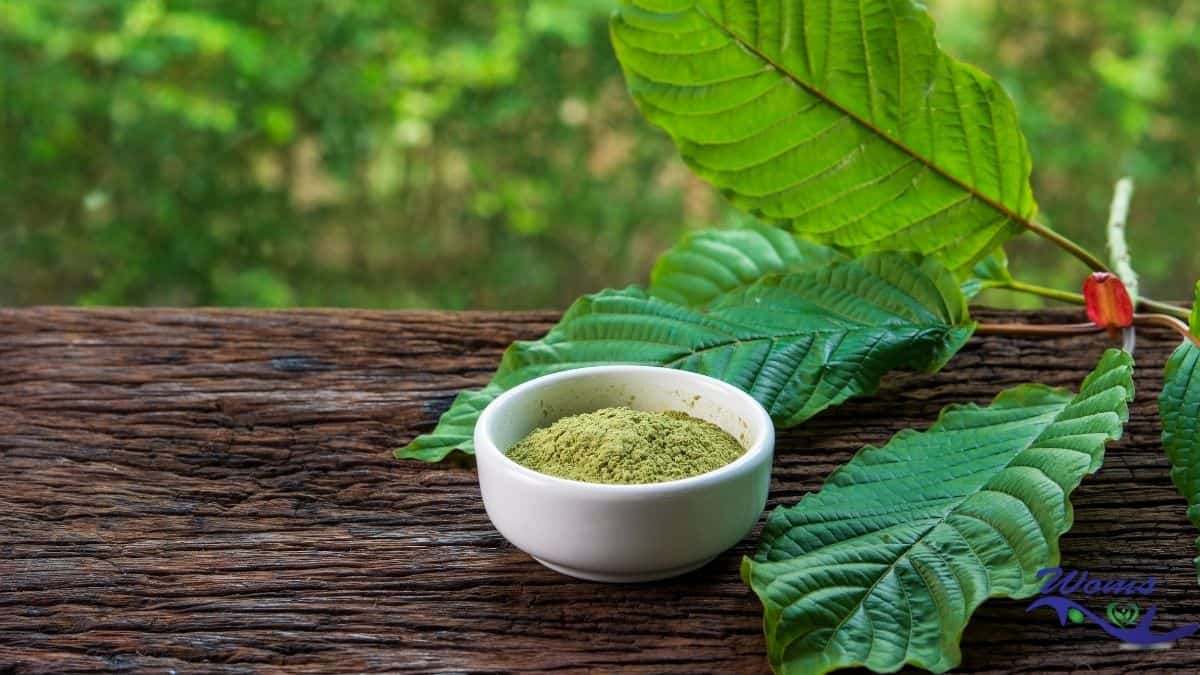Kratom: The Complete Guide

If you’re like most people, you’ve probably heard of kratom but don’t really know much about it. What is kratom? Where does it come from? How do people use it?
These are all valid questions, and in this complete guide to kratom, we’ll answer them all for you. We’ll also take a look at the potential benefits and risks of using this controversial plant. So whether you’re just curious about kratom or considering trying it for yourself, read on to learn everything you need to know.
What is kratom and where does it come from?
Kratom is an herbal supplement made from the leaves of a special tree native to Southeast Asia. Traditionally, the leaves were dried and ground into powder, which was then consumed in tea or capsules. It has been used for centuries by locals in its native habitat as a natural remedy for pain relief and other medicinal purposes. For example, some people tout kratom as an effective way of combating fatigue and boosting energy levels while others claim that it can help with anxiety and depression symptoms.
Recently, kratom has seen a surge of popularity outside of Asia due to increasing awareness of its potential benefits as well as its ability to act on the same nerve pathways that traditional opiates do, making it a possible alternative for managing chronic pain without the usual side effects of other medications. Ultimately, what was once a largely unknown supplement is quickly becoming more widely appreciated for its potentially life-changing healing properties.
The benefits of kratom
Kratom, made from the leaves of a tropical evergreen tree, has been used medicinally for centuries to treat pain and fatigue. But in recent years, its potential as a supplement has become much more widely known. Evidence suggests that kratom can help improve mood, provide energy, aid digestion and sleep quality, reduce inflammation related to chronic conditions like arthritis and Crohn’s Disease, and even assist in opiate withdrawal.
Currently undergoing further research for medicinal uses is kratom’s ability to improve immunity by enhancing the body’s production of lymphocytes and other immune system cells. The promise of these benefits is exciting for many who are seeking natural ways to improve their overall health and well-being.
The different strains of kratom
Kratom is becoming increasingly popular for its stimulating and calming properties, so it’s important to understand the different varieties.
- Red vein kratom packs quite a punch, providing feelings of relaxation and pain relief.
- Green vein kratom is known for its energy-boosting quality, often allowing users to focus on tasks with greater alertness.
- White vein kratom has a balance between the two strains, with stimulating and energizing effects while also having traits of relaxation.
It’s all up to personal preference when choosing between these types of kratom; each can provide unique benefits depending on the user’s needs at the time.
How to take kratom
Taking kratom is a simple process – with just a few steps, you can experience the benefits that this herbal supplement has to offer. Knowing how to take kratom correctly will ensure that you get the most out of it for your individual needs. There is a wide range of products available, from kratom concentrate to capsules and tinctures.
One of the easiest ways to take kratom is to consume it in powder form; simply mix the powder into water (or another beverage) and mix it until fully dissolved. Another option is to buy capsules, which are pre-measured doses already filled into an easy-to-swallow capsule.
Another widely used method is tea. You can make kratom tea by boiling the powder in water for 15 minutes before straining and then drinking the liquid. Regardless of how you decide to take it, always remember to listen to your body and adjust your dosage as needed.
The side effects of kratom
While generally considered safe, kratom can also have some potentially negative side effects. When using kratom regularly or in high quantities, people may experience nausea, vomiting, constipation, sedative-like effects, headache, and irrational behavior.
Even though these symptoms typically pass with time, it is best to stop taking the substance if any of these become severe.
Long-term side effects are still under study but some users have reported addiction-like symptoms with extended use. If you choose to take kratom or any other substance to manage daily stress or health conditions, it is important to do so responsibly and be mindful of any potential risks.
Kratom for pain relief
Kratom has become increasingly popular in recent years as a natural remedy for pain relief. Many people have found it is able to relieve the pain from conditions such as migraine and arthritis when over-the-counter painkillers just don’t do the job. Kratom is believed to have properties that interact with opioid receptors in the brain and body, providing similar effects to opioids but without the potential for addiction or serious side effects.
People claim that taking small doses of Kratom can reduce their pain levels, including headaches and backaches. Additionally, Kratom can be used to treat chronic pain, which is generally resistant to over-the-counter pain medications. Despite its potential benefits, it’s important to remember that Kratom isn’t for everyone and people should consult their doctor before trying this treatment option as it has not been approved by the FDA.
Kratom to help you sleep
Not being able to get a good night’s sleep can leave you exhausted and unable to function effectively. Studies suggest that kratom has potential sedative effects, which may help reduce insomnia and promote better sleep quality. The active components in kratom, including alkaloids such as mitragynine and 7-hydroxy mitragynine, interact with the body’s endogenous opioid system to produce calming, sedative effects.
Our round-up
Kratom is a powerful herbal medicine that has many benefits. It can be taken in many different ways, and there are different strains of kratom to choose from, depending on your needs. Kratom can have some side effects, but it is generally considered safe when used responsibly. If you’re looking for an alternative to traditional painkillers, kratom could be a good option for you.



